|
Building and maintaining a culture of philanthropy is hard work. It is deep work that takes years to build and moments to destroy. But having a healthy culture of philanthropy makes work more fun and makes fundraising easier. It’s worth having a periodic check-up to assess how your institution is doing.
Answer these questions for your institution: Board Support
Staff Support
Alumni support (or Grateful Patient support)
Fun Factor
Communications
Stewardship and Donor Relations
Other questions to think about:
How did you feel about the assessment? Where are you doing well? Where should you improve? As always, comments and questions are welcome and encouraged! Cheers, Jessica PS - If you liked this post, you might also like these:
PPS - If you found this article helpful, please comment and let me know. Also subscribe to Real Deal Fundraising so you don't miss a post! You'll get my guide to Call Center Games for Free! I know it's so superficial and perhaps shallow.
But nonetheless, it's true. One of the reasons that I love being a fundraiser is the FOOD. It's no secret to anyone in the industry that we fundraisers love to eat. We like to take donors to dinner, to lunch, to have breakfast, to have coffee, or to meet for dessert. We like to do anything that will help us break bread with people because it is such a primal way to build relationships. It's a core aspect of hospitality to provide food to someone we are grateful for. And it is just a nice perk of the position. Fundraising is tough work and you get told no an awful lot, so getting a yummy meal brings balance to the universe. And inevitably as a fundraiser, you'll end up involved in event planning. Attending a tasting session for an important event is so much fun. I hope for each of you that one day you have enough positive career karma to get to sample delicious menus including desserts and wine. It's bliss. Truly. Despite the fact that it's a superficial reason to love my career, the food is some small compensation for having to ask people to share their hard-earned funds with our organizations. Bon appetit! Make a practice to remember the little details you hear in conversation with donors, even if it seems irrelevant to fundraising. I promise, it matters. I'm not talking about remembering what their career is or how many kids they have. Those details are not irrelevant. These details impact your work directly.
Here's an example of what might have otherwise passed me by. I had a casual conversation with a board member and we talked about how his wife is into weaving. Although that's not a hobby of mine and has nothing what-so-ever to do with the mission of the organization we both serve, I made a mental note. At a national convention associated with our organization, I was talking with another donor to told me that she wove one of the tapestries that hang in the school. A light bulb went off! Since the board member was East Coast and this donor was West Coast it was unlikely they had me beforet. I introduced that donor to the wife of the board member at our Gala and they talked most of the night. The donor is a graduate and the board member of course is intimately connected to our school right now, so the fact that they met and bonded over weaving as a mutual hobby ultimately strengthen their connections to the school. Similarly, when you email a donor and get an out-of-office message, read it. If it says they are traveling to Europe, inquire about how their trip was when you follow back up. (You did put a calendar items in to follow up with them a few days after their out-of-office message says that they'll be back right?) Long-story-short, remembering the little details that don't seem at all connected to your goal (raising funds) will show your donor that you care enough about them as a person to pay serious attention. And it gives you the raw material to make connections and introductions that will be meaningful to your donors. When you are planning any event (for fundraising or otherwise), it’s so important to have a generic checklist to go through during your planning so that you don’t miss something obvious. Most checklists you find online are geared for wedding or other non-professional events. So, I created my own.
Here’s the list of things you should think about when event planning. If you have small events inside a larger series of event (like a convention) you will want to go through this checklist for all of the smaller events and the event as a whole.
It doesn't take much money to make an event look special. You might be a top flight organization whose donors have high expectations, if so you'll likely have a budget to match. However, if you are with an organization that has a tight budget, you'll need to get creative to make your events sparkle. I like to create "vision boards" with pictures from the internet put together as a collage so I can pitch my ideas about how I want the event to look and feel. Here's one I did recently as an example. This shows many of the actual materials I planned to purchase and the colors I wanted to work with as well as the way I would deploy the decorations at the event. My budget was only $500 and I had to make these decorations work for 4 different events and they would end up being shipped across the country 4 times.
One of my favorite websites for party decor is Shindigz. Amazon also has some great deals and their Prime shipping is great when you need something for an event last minute. I like to start with gossamer from Shindigz, which can be used as table runners or to tie up tablecloths around highboy tables. Gossamer comes in a 40 foot roll and can often be used for more than one event. Usually I pair it with some other material with some texture for variety. Burlap would work or tulle or in the case above, I used a shiny, fuzzy black material. Everything I bought was interchangeable variations of the school's colors, so I could switch up the way I used the materials at different events. Flowers cost lots of money and cannot be reused, so paper lanterns with LED lights are a good option with candles on the table too. Confetti also adds budget sparkle to a table but check with your venue before using as it can be difficult to clean up. I'll be returning to donor events as a regular topic on Real Deal Fundraising. Future posts I have planned include creating playlists for donor events, what should be on your donor event planning checklist, working with event vendors and several others. Subscribe today if you don't want to miss a post. Here are some pictures of how the materials above actually looked at one event: When I was working at Southern Miss, we received a file to do a mailer to parents of current students. Of course, Admissions didn't have lovely and clean addressee and salutation fields and in fact, we didn't even have the parent's first name in most cases.
I learned to use the "concatenate" formula to use that raw data to create addressees and salutations that were appropriate for direct mail. When we didn't have the parent's first name we used the student's name. It looked like "Dear Parents of John Doe,". Sometimes you make lemonade out of lemons. It's not uncommon in fundraising to get a list of prospects that has "raw data" with first name and last name as separate fields, no titles and no addressees or salutations. Before you can create a mail merge or import those into your database, you'll need to create the fields that you need. And you'll want to do it cleanly and efficiently. In this video, I'll show you 3 tricks in MS Excel that will help you save time and frustration in creating addressees and salutations for a list of prospects. 1) Use filters to create working groups 2) Use the "concatenate" formula to string text together 3) Use "paste values" to turn your data set into editable text If you liked this video, check out my video on using Excel's "filter by color" function to plan your donor trips. And subscribe to Real Deal Fundraising to get content like this in your inbox. People love a good theme.
They will deny it but it is true. Ask for $25 and it falls flat. Ask for $20.16 in honor of your Class of 2016 and suddenly the same group is completely inspired. Throw a Faculty-Staff Campaign kickoff and it is just another reception with peach tea. Throw a Glee inspired Lip Sync Contest with an ironic high school prom theme and it’s something no one has ever seen before. Is your leadership annual giving society threshold $1,000 per year? What if it were named for your first president or most beloved president? What if the threshold were based on your founding year, for instance $1,904? (You could have special lower levels for young alumni.) When I worked for The University of Southern Mississippi, our team started the Aubrey K. Lucas Society. It is named for our longest serving president, who also happens to be our longest consecutive year donor. He is famous for wearing bow ties. Each year those donors who have given a gift in each of the last three fiscal years gets a black and gold bow tie-themed car decal. Who would ever want to miss a year of giving? It's too fun to miss out on. The key is that the themed events and ideas are specific. They show off the unique character of your institution and your personality as a fundraiser. Therefore they work on two levels: they are fun and enjoyable but they also reinforce and strengthen ties to your institution. Go ahead and embrace the theme. Your job will be more meaningful and fun. Your donors will be amused and happy to participate in something fun and original. In my current job, I have to be very budget conscious and protective of my own time. I am pretty much a one person shop but we do a number of events of various size throughout the year. I was spending too much money ordering invitations online from sites like Paperless Post. I would have to wait 10 days to get the materials before I could stuff envelopes and the designs were not customizable enough for my taste.
I knew we could do better. I searched for "corporate invitations" on Etsy and after a bit of searching I found Eden Creative Studios. I liked the style of her print-your-own invitations. I sent her a message letting her know I needed 8 different custom versions of her templates. She customized them and gave me a 20% discount for paying for them all at once. Four custom save-the-dates and four custom invitations cost my organization only $144! We did a few drafts back and forth, getting it exactly how I liked it and then she sent me PDFs (for sending to the print shop) and JPEGs (for use in HTML emails). I sent the designs to a local print shop and starting stuffing within 2 days of sending the invitations to print. I've gotten lots of compliments on how the cards look from donors and friends of the school. If you are a small shop with graphic design needs, you can get beautiful work done on Etsy and save your institution some money. You can see redacted versions of some of the invitations and save-the-dates that Eden did for my organization in the slideshow above. |
Jessica Cloud, CFREI've been called the Tasmanian Devil of fundraising and I'm here to talk shop with you. Archives
June 2024
Categories
All
|

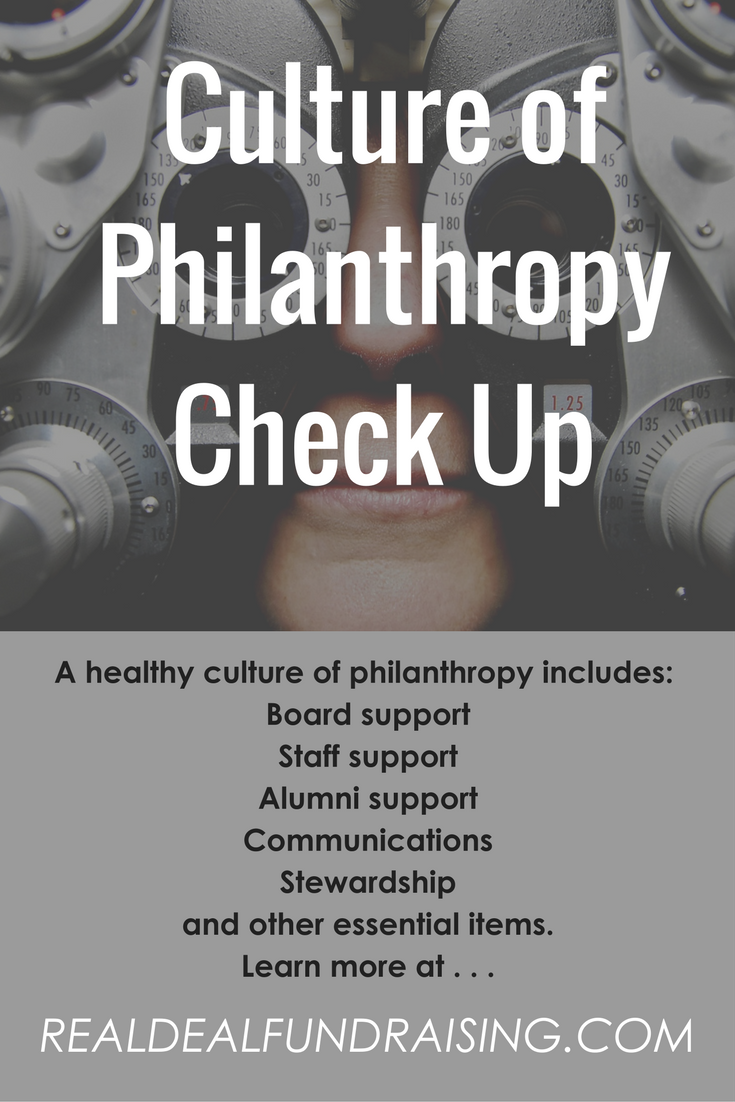


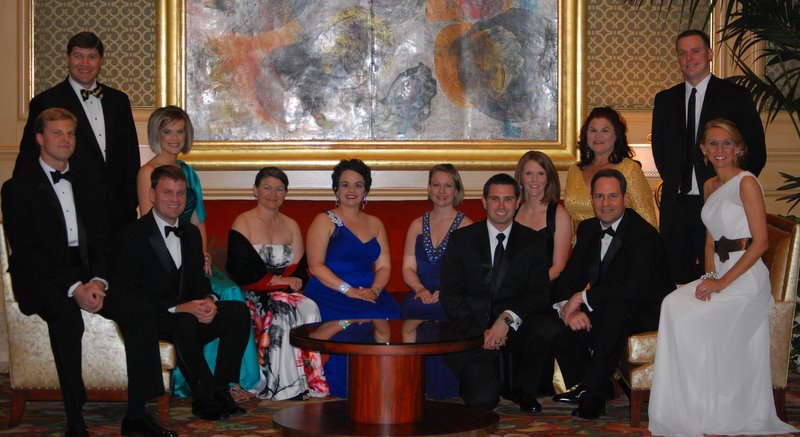
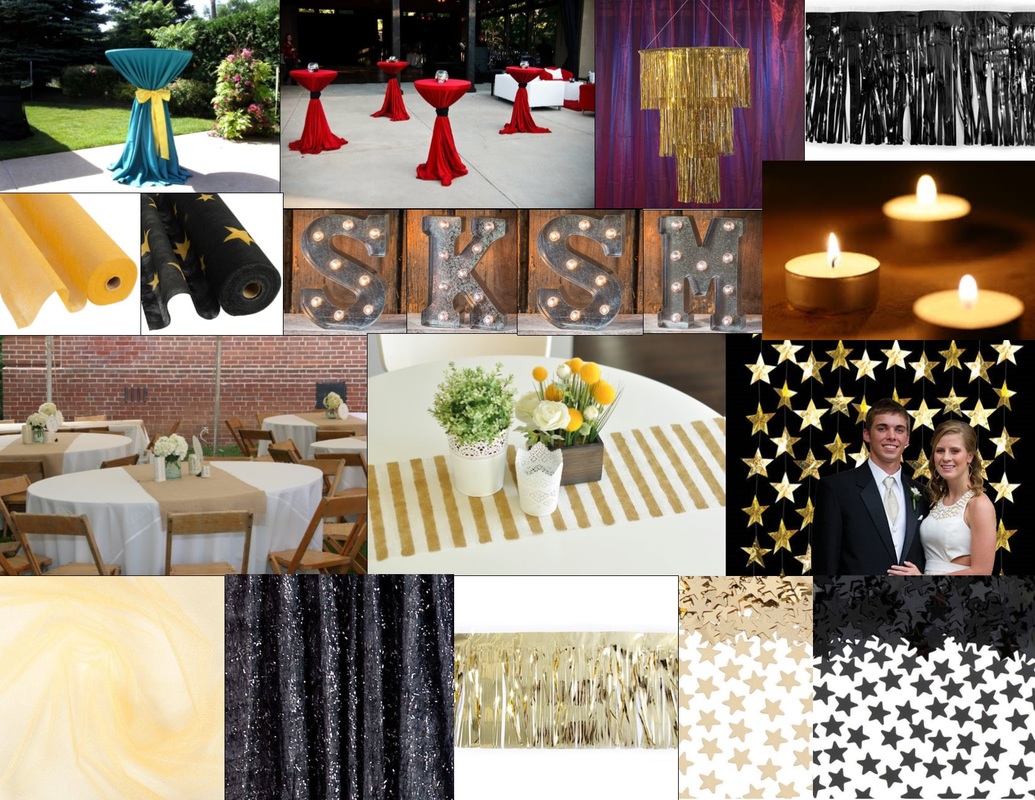
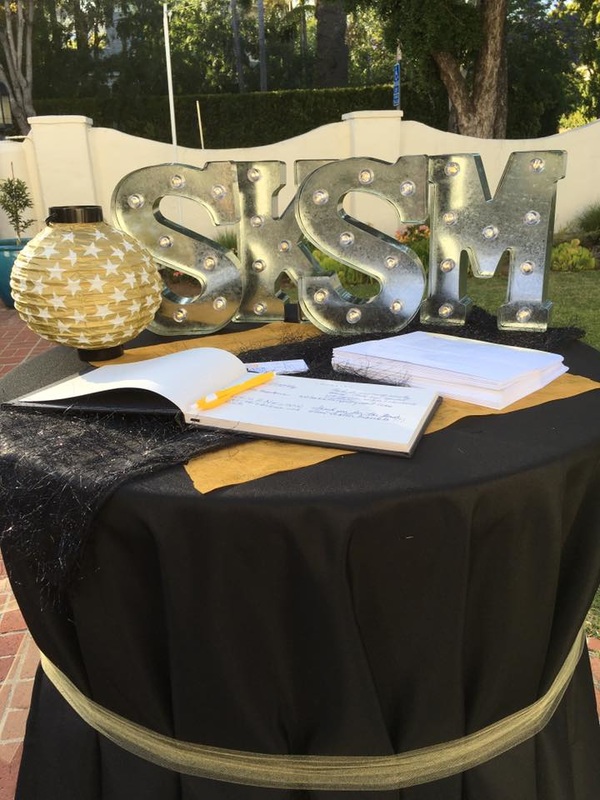
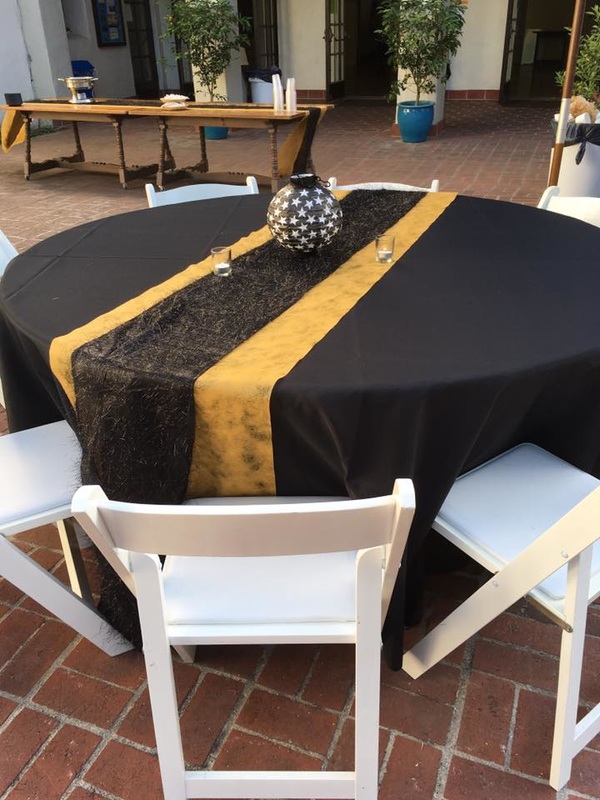


 RSS Feed
RSS Feed
